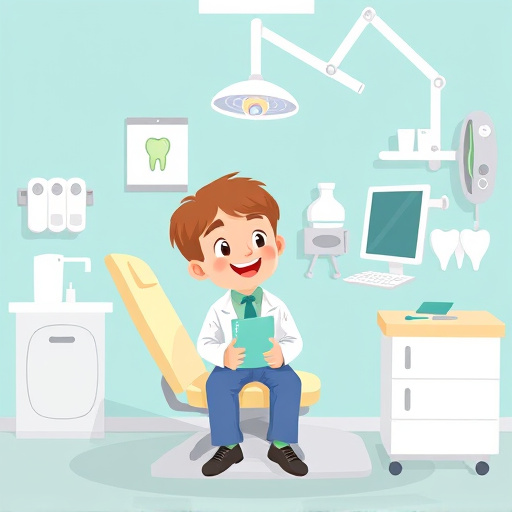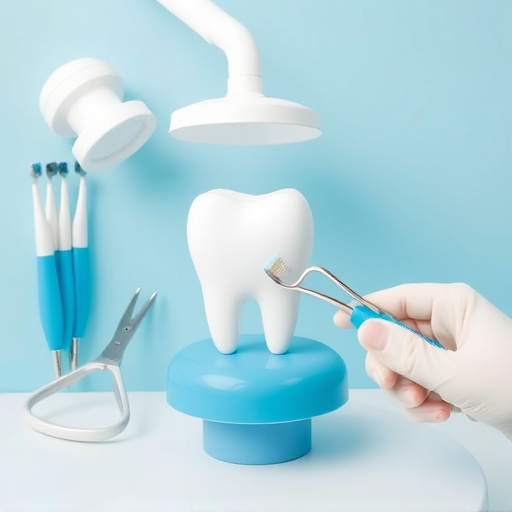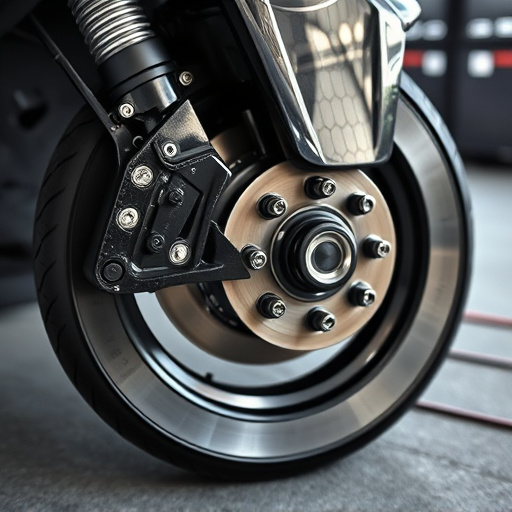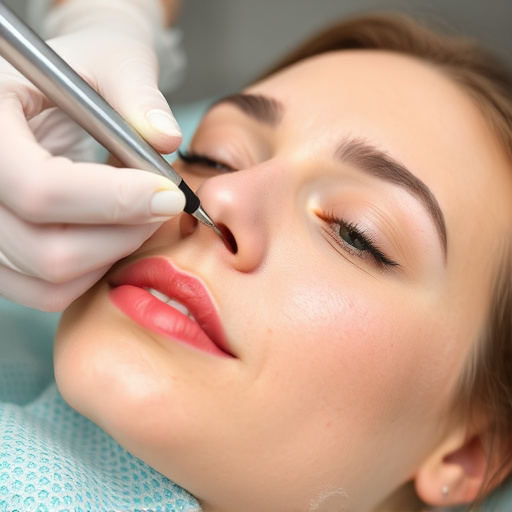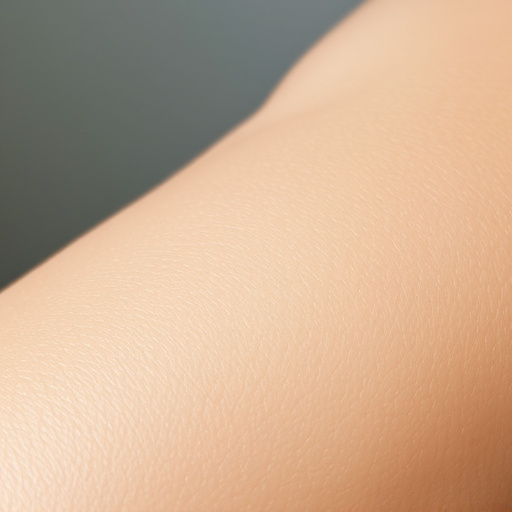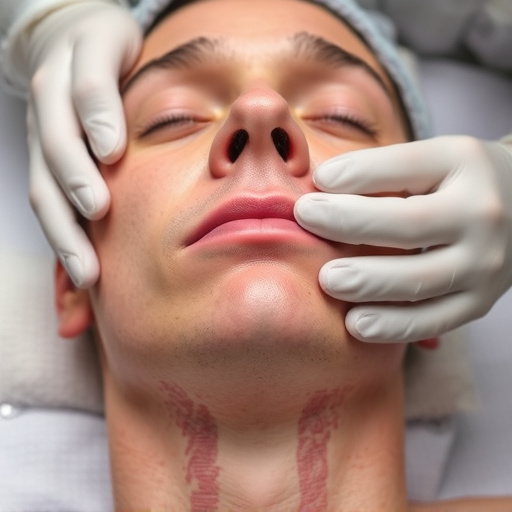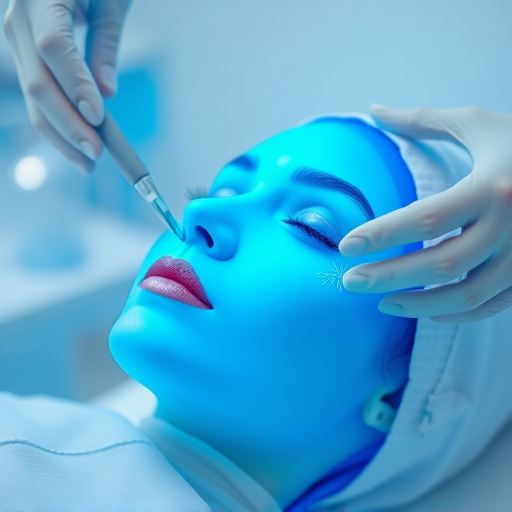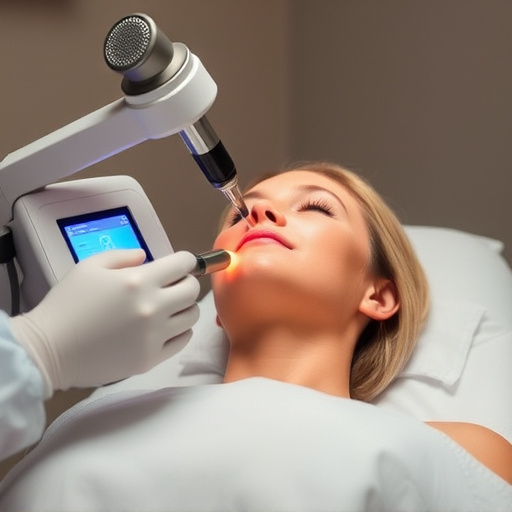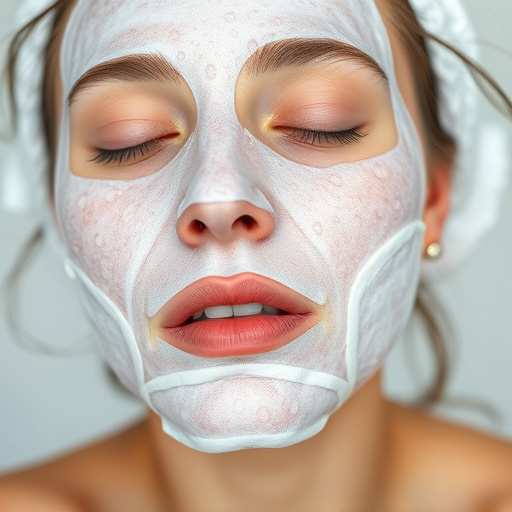Spider veins, caused by various factors like aging, genetics, or medical conditions, are common on legs and feet. Professional skincare offers diverse treatments, from laser therapies and sclerotherapy to microneedling, targeting unsightly vessels while promoting long-term skin health. Informed decisions, post-care routines emphasizing gentle hydration and protection, balanced lifestyle, and specialized care ensure effective spider vein management and prevent recurrence.
Unwanted spider veins can be a source of concern, but understanding your options is the first step towards achieving smooth, healthy skin. This article provides comprehensive guidance on spider vein treatment, from recognizing their causes and common manifestations to exploring various treatment modalities.
We’ll delve into non-invasive approaches like laser therapy and discuss surgical interventions for more severe cases. Most importantly, we emphasize the significance of post-care routines to soothe your skin and prevent recurrence, ensuring optimal results.
- Understanding Spider Veins: Causes and Common Areas Affected
- Exploring Treatment Options: From Laser to Surgical Interventions
- Post-Care Routine: Soothing Your Skin and Preventing Recurrence
Understanding Spider Veins: Causes and Common Areas Affected

Spider veins, a common concern for many, are small, enlarged blood vessels that appear close to the surface of the skin. They often resemble a spider web or a network of thin, winding lines, hence the name. These veins can develop anywhere on the body but are most frequently found on the legs and feet due to the increased pressure in these areas.
The primary causes of spider veins include aging, which weakens the capillary walls, allowing blood to leak out; genetics, as some individuals are predisposed to developing them; obesity or being overweight, putting additional strain on leg veins; prolonged standing or sitting; and certain medical conditions like rheumatic heart disease or deep vein thrombosis. Professional skincare solutions offer a range of effective spider vein treatments, including non-surgical options, to target these issues and provide relief from unsightly and uncomfortable symptoms.
Exploring Treatment Options: From Laser to Surgical Interventions

When considering spider vein treatment, individuals often explore a range of options tailored to their specific needs and preferences. From non-invasive laser therapies to more intensive surgical interventions, each method offers unique advantages. Laser treatments are popular choices due to their ability to target and break up abnormal blood vessels with precise energy beams, promoting the body’s natural healing process and reducing the appearance of spider veins. On the other hand, surgical options like sclerotherapy involve injecting a solution into the veins to shrink them.
While these procedures address the issue directly, it’s equally important to consider long-term skin health and aesthetic treatments. Microneedling therapy, for instance, can enhance collagen production, improving skin texture and overall appearance, which may complement spider vein treatment results. Understanding these various approaches allows individuals to make informed decisions, ensuring they receive effective and safe care tailored to their desired outcomes.
Post-Care Routine: Soothing Your Skin and Preventing Recurrence

Post-Care Routine: Soothing Your Skin and Preventing Recurrence
After your spider vein treatment session at a reputable medical spa service, maintaining a consistent post-care routine is crucial for optimal results and to prevent recurrence. The first few days are particularly sensitive, so using gentle, soothing skincare products is essential. Look for creams or serums that contain hydrating ingredients like hyaluronic acid and calming agents such as aloe vera, which can help reduce any redness or irritation while promoting skin healing. Avoid strenuous activities and hot baths/showers during this time to prevent further dilation of blood vessels.
Additionally, maintaining a healthy lifestyle with proper hydration, balanced nutrition, and regular exercise will support your body’s natural healing process. Sun protection is another key component – wear sunscreen daily as part of your routine, especially when going outdoors. While treatments like laser hair removal or body contouring might be appealing, it’s important to prioritize the specific care needed for spider vein concerns to ensure long-lasting results and avoid further complications.
After exploring various spider vein treatment options and understanding their effectiveness, it’s clear that a comprehensive approach involving both professional care and post-treatment soothing is key. By combining targeted interventions with a dedicated post-care routine, individuals can achieve smoother, healthier skin and significantly reduce the risk of recurrence. Remember, proper post-care guidance ensures your skin recovers comfortably, enhancing the overall spider vein treatment experience.
